In this article
Osteochondrodysplasia is a genetic condition seen in the Scottish Fold breed, also called Scottish Fold Disease. To break this long word down for ease of understanding; osteo refers to bone, chondro to cartilage and dysplasia to abnormal development. Osteochondrodysplasia is an inherited condition that all Scottish folds with folded ears have, to some degree. It leads to the change into bone (ossification) and mineralization of cartilage throughout the body, especially at the base of the tail and in the limbs. Essentially, the gene that gives this cat breed such a cute appearance also seriously affects their cartilage and health. It results in arthritis and potentially bone defects in the tail, knees and elbows, including fusion.
Affected cats experience discomfort, lameness, and difficulty jumping to high places. The diagnosis is based on x-rays and examination.

What Is Osteochondrodysplasia in Cats?
Osteochondrodysplasia is a hereditary disease that specifically affects Scottish Folds. The cute appearance of the ears of this cat breed is actually due to a genetic mutation that alters all the cartilage in their bodies. So that “cute” factor comes at a price for the skeletal health of the affected cat. Scottish Fold cats are all born with straight ears and those that have the genetic mutation will start to develop curled ears at around 3 weeks of age.
Cartilage is a cushioning elastic connective tissue found throughout the body in different types. Primarily it is found at the ends of bones in joints to absorb the impact of movements. It also adds structural shape to body parts such as the ears and nose.
Every Scottish Fold cat with folded ears has this mutation and is affected to some degree. Cats that are severely affected are those that carry two identical copies of the mutation (i.e., are homozygous for the Fd/fd gene). They are affected early on and the disease has a faster progression. In heterozygotes (cats that have one mutation of the gene Fd/fd), the effects are less marked, and the progression of the disease is slow.
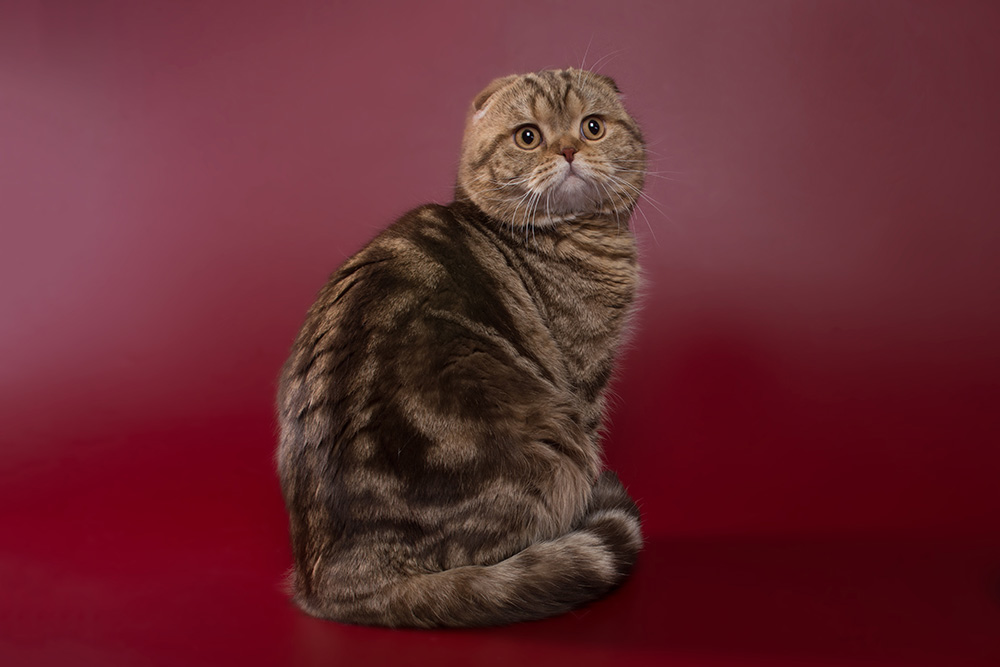
What is the Cause of Osteochondrodysplasia in Cats?
Osteochondrodysplasia is caused by a genetic mutation (SF = fold mutation) of the Fd gene (Scottish fold gene). This gene is autosomal dominant, and it is the one that leads to curly ears but also the alteration of the cartilage throughout the body. Cats that receive this gene mutation from both parents (Fd/Fd) are the most severely affected. When both parents have this mutation, the chances are 100% that the mutation will be passed on to the offspring. The condition starts to cause problems early in life and can be seen in affected kittens as young as 7 weeks old.
Those that have only one parent with this mutation may have milder forms of osteochondrodysplasia. In this case, the chances of the parents passing it on to their offspring are 50%. Cats without the fold mutation have straight ears.
Since it is a progressive disease, some owners decide to euthanize their cats early in life so they won’t suffer later. In cats that have both parents affected, cartilage and bone lesions begin to be seen on X-rays from the age of 7 weeks. In those that have a single gene mutation, the lesions can be seen starting from the age of 6 months.
What Are the Signs of Osteochondrodysplasia in Cats?
Cats with osteochondrodysplasia experience discomfort when moving affected joints. They may show hesitation in jumping to or from heights, and they may limp or adopt unusual position and postures due to pain or actual fusion of the joints. They may also hesitate to enter the litter box or climb on the bed or sofa.
- Lameness in one or more limbs
- Inability or hesitation to jump to or from high places (bed, couch, windowsill, furniture, etc.)
- Awkward or stiff gait
- Inability to walk
- Adoption of unusual positions
- Deformation of the limbs and/or the spine
- Short hind limbs
- Tail that is rigid or has poor mobility
What Is the Treatment for Osteochondrodysplasia in Cats?
Unfortunately, this condition is among those that at the moment, have no cure. Something that veterinarians can do is provide comfort to your cat by reducing pain. So, do not hesitate to go to the vet from the first signs of difficulty that your cat shows. An early diagnosis means appropriate treatment instituted to relieve suffering and improve your pet’s life.
If you need to speak with a vet but can't get to one, head over to PangoVet. It's an online service where you can talk to a vet online and get the advice you need for your pet — all at an affordable price!

However, long-term the severity of the disease means that simply the medications are generally not sufficient to prevent suffering, and at present other treatment options for your cat don’t exist. You may then be faced with one of the hardest decisions that you will ever have to make, euthanasia. Your veterinary team will support you through this difficult time.

How Do I Care For a Cat With Osteochondrodysplasia?
Your veterinarian will prescribe pain-relieving medication where suitable, and you will be in charge of ensuring your cat’s home comforts for daily life. Set up the environment in which your pet lives so they can continue their normal daily activities (use the litter box, climb on the sofa or bed, etc.). You can help your cat by placing stairs and/or steps on which your pet can climb to high places instead of jumping. Offer low down beds, litter boxes with a minimal lip or a ramp and safe quiet, easy to access spaces for them to retreat to.
Regarding your cat’s medication, do not forget to administer it consistently and as recommended by the vet. Monitor your cat’s mobility, including how they are walking and jumping, and take them to the vet if the signs become more severe or the medication no longer appears to be working.
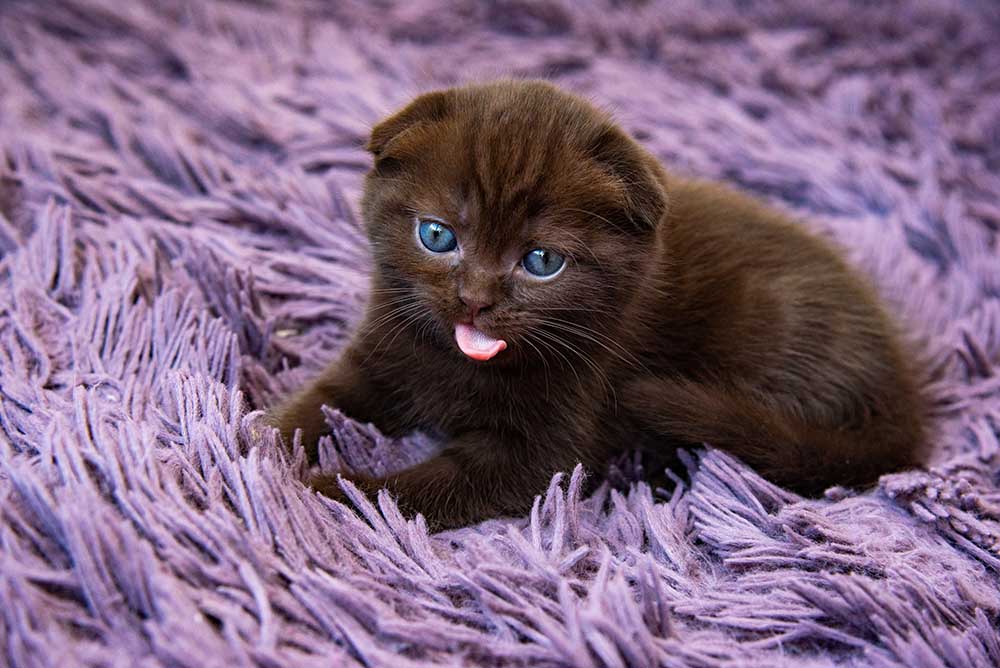

Frequently Asked Questions
How Is Osteochondrodysplasia in Cats Diagnosed?
If you have a Scottish Fold cat and you notice lameness in one or more limbs, stiff gait, abnormal postures, difficulty jumping to high places, stiff tail, or deformity of the limbs or spine, take them to the vet for assessment because they might suffer from osteochondrodysplasia. The diagnosis is based on clinical signs and radiographs. In cats suffering from severe forms, bone and cartilage lesions can be found starting at the age of 7 weeks. In those with more mild forms, the lesions can be seen from the age of 6 months onwards.
What Is the Prognosis for Osteochondrodysplasia in Cats?
The prognosis will be made according to the severity of the disease. Osteochondrodysplasia has no cure and the condition is progressive. In severe forms of the disease, the veterinarian may recommend euthanasia. Many consider the breeding of Scottish Fold cats with folded ears to be a welfare concern and their breeding is not recommended. The easiest way to stop cats suffering from this disease is not to breed from affected cats.

Conclusion
All Scottish Fold cats with folded ears develop osteochondrodysplasia to a certain degree because they all have a genetic mutation that affects the cartilage throughout the body. Osteochondrodysplasia is a progressive disease that currently has no cure but treatment to manage pain can be prescribed by your veterinarian. Affected cats will often limp with one or more limbs, have a stiff gait and tail, adopt abnormal positions, no longer be able to jump to or from a height or use the litter box if it has high edges, etc.
If signs of illness occur, do not hesitate to contact the vet for a correct diagnosis and an adequate supportive treatment plan. The diagnosis is based on the clinical signs and radiographs. The severe forms of the disease occur in cats that had both parents with this genetic mutation, the lesions being visible on x-rays from the age of 7 weeks. In the milder forms, when the cat has only one copy of the gene, the lesions will be visible after 6 months of age and progress more slowly.
Featured Image Credit: Ground Picture, Shutterstock


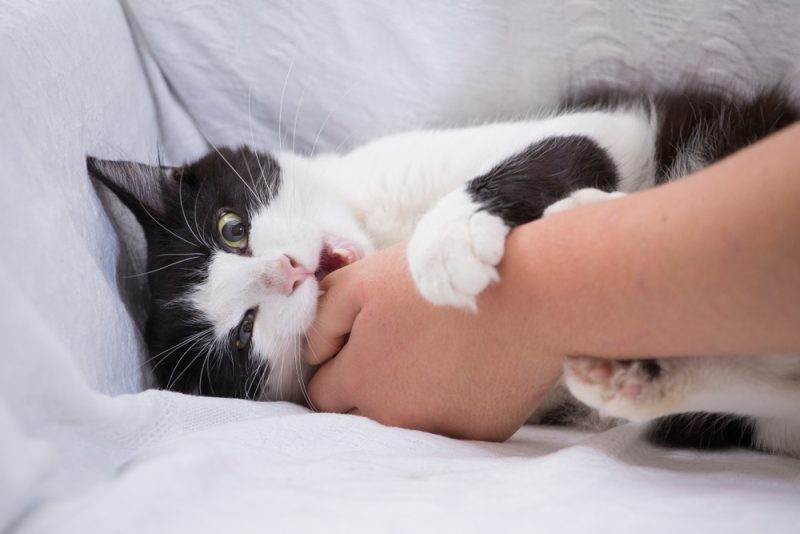
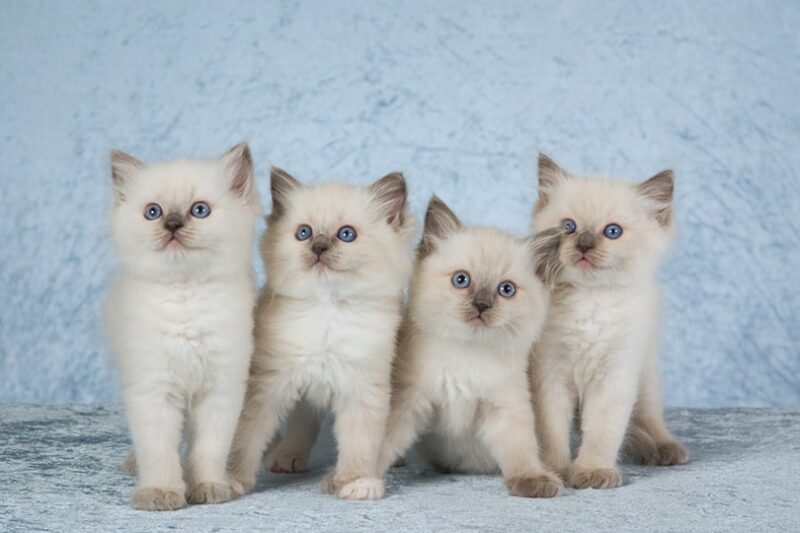
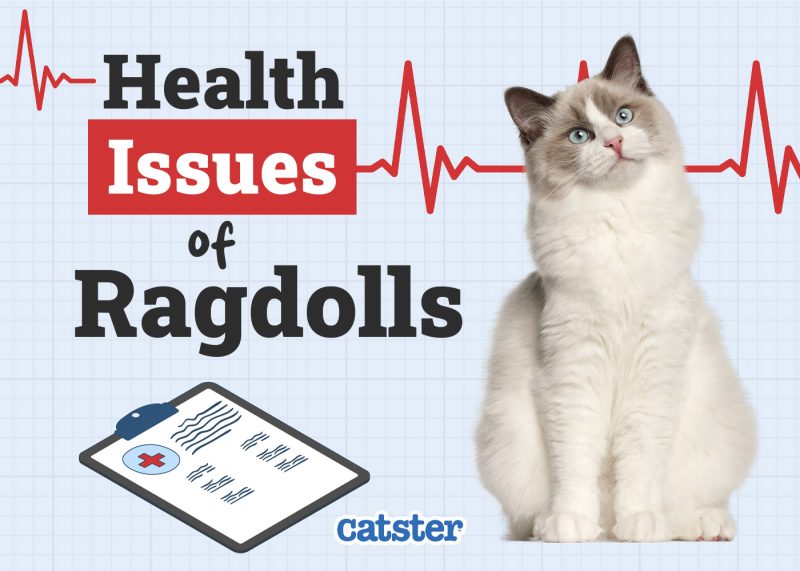
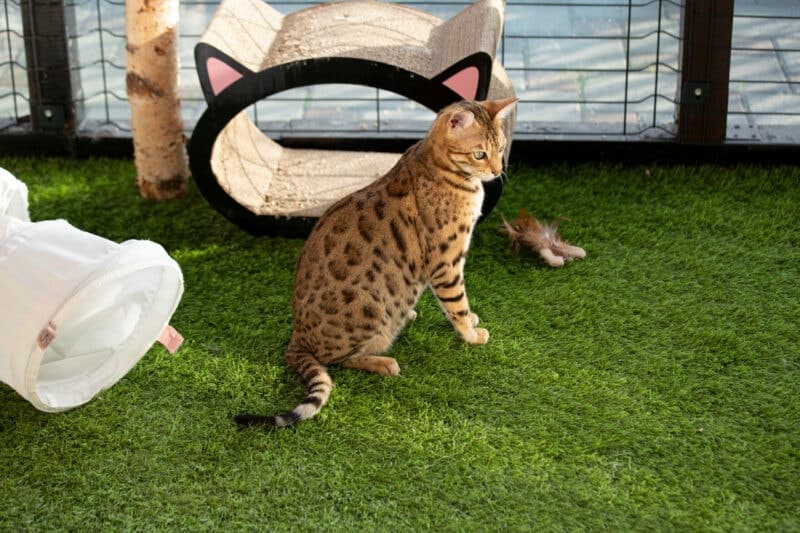
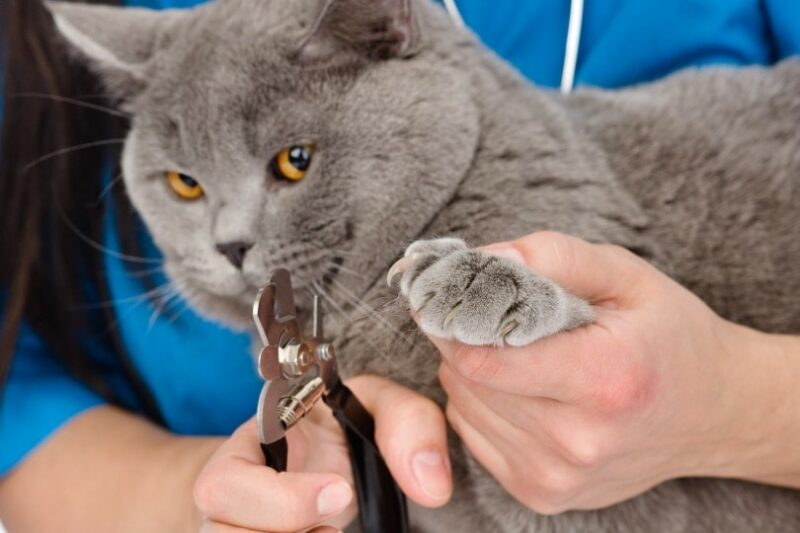






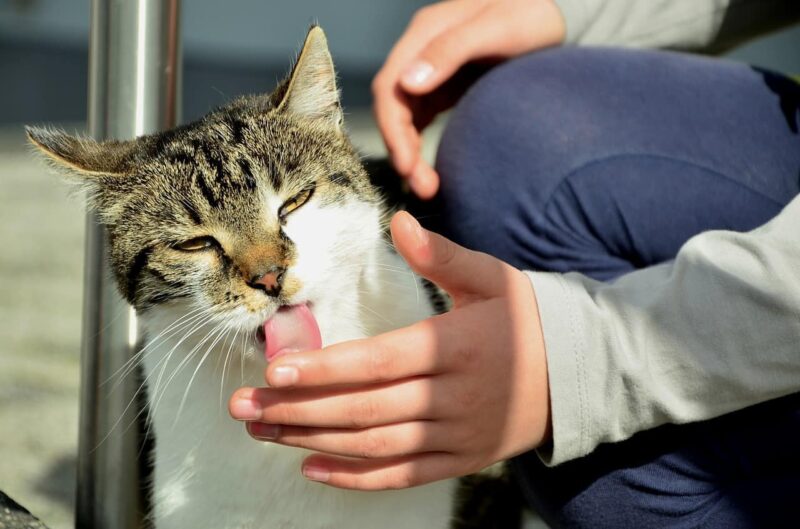
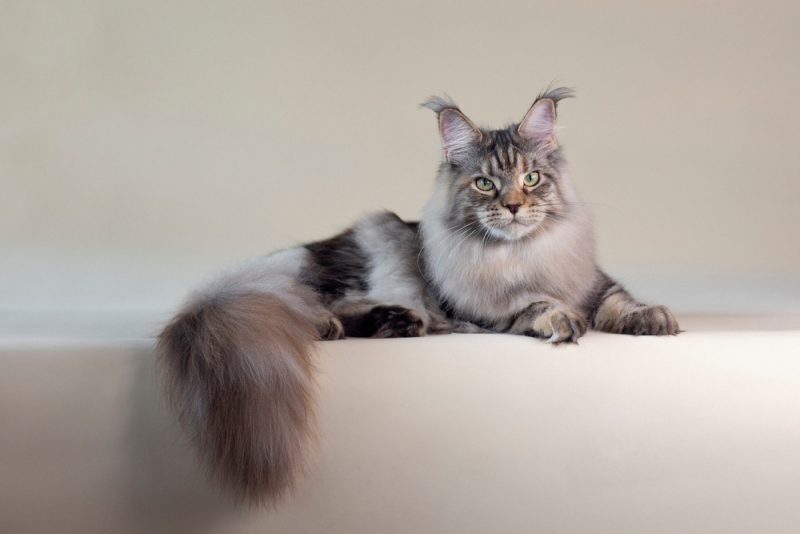

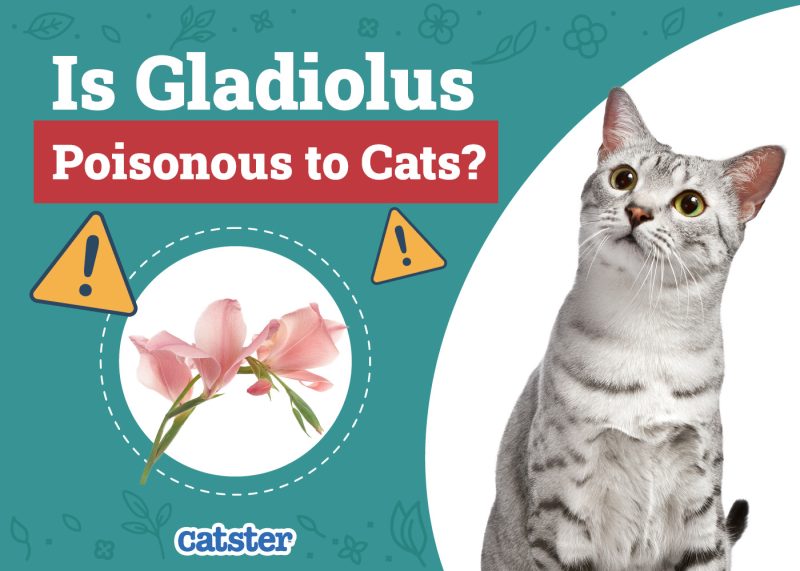
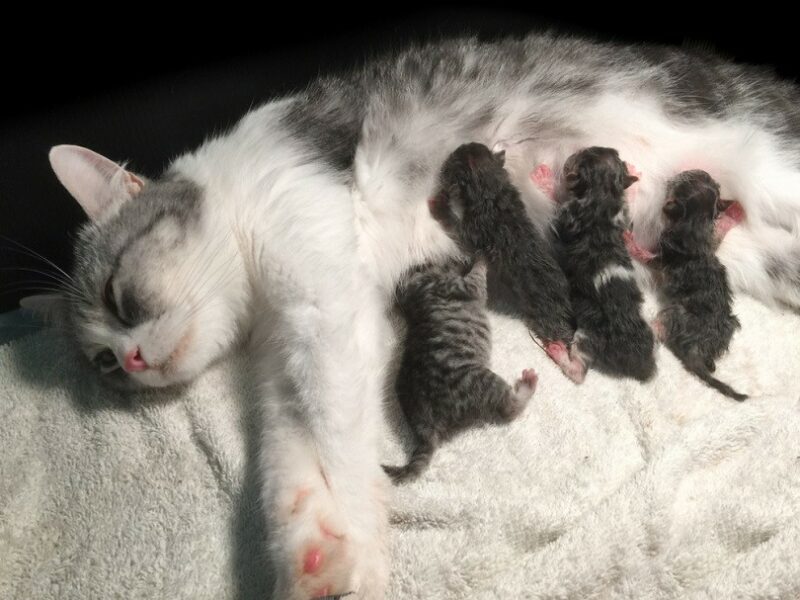

2 Responses
how long will this disease progress? I have a 7 year old female tabby that is affected by the disease in her paws and wrists. Is this going to progressively get worse throughout her life?
Hi Gail, Sorry to hear about your cat. Typically, the disease progresses throughout the cat's lifespan, particularly if not managed effectively. Weight management, pain relief, physical therapy, and joint supplements can slow progression and improve quality of life. You will also need to do some environmental modifications to minimize the need for jumping or climbing and reduce stress on affected joints. Feel free to contact www.pangovet.com if you need them to provide more specific tips and help answer any of your questions about the condition.